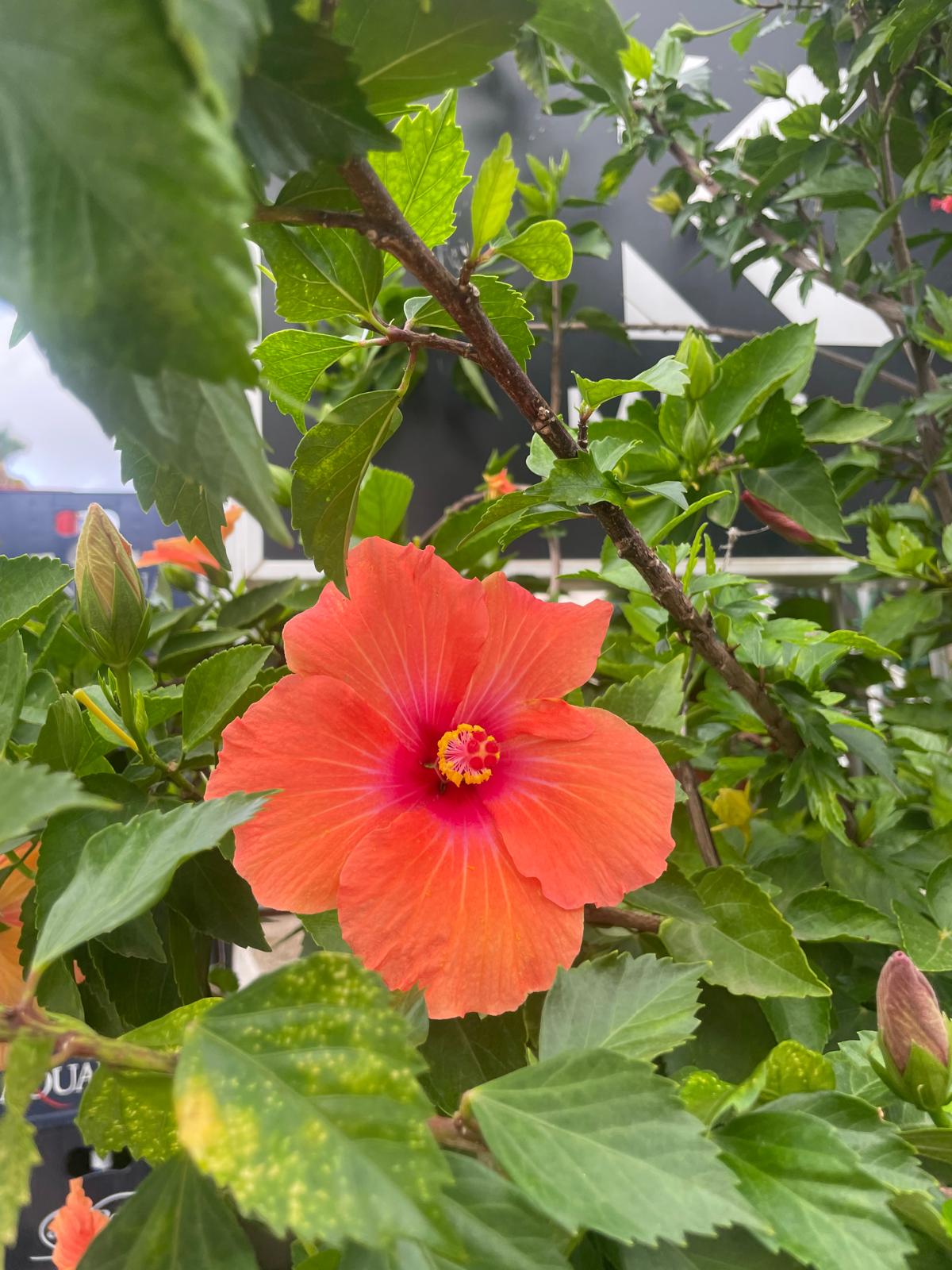Atomic structure and Periodic Table
Cards (48)
- What’s an atom?
- What do atoms consist of?
- What’s the relative mass and charge of a proton ?
- What’s the relative mass and charge of a neutron ?
- What’s the relative mass and charge of an electron ?
- What’s the mass number?
- What’s the atomic number ?
- What’s an element?
- What’s an isotope?
- What’s a compound ?
- Do symbol equations need to be balanced?
- What’s a mixture?
- How can mixtures be separated?
- What’s filtration?
- What’s evaporation?
- What’s crystallisation?
- What’s chromatography?
- What’s distillation?
- What’s fractional distillation?
- How is the periodic table arranged?
- What was John daltons model of the atom?
- What was the plum pudding model?
- What was the alpha scattering experiment ?
- What did rutherford create as result of the alpha scattering experiment?
- What was bohrs nuclear model?
- What did james Chadwick discover ?
- What’s the normal electron configuration?
- How was the periodic table originally arranged?
- What was Mendeleevs periodic table?
- What are elements that react to form positive ions?
- where are metals found on the periodic table ?
- What are the properties of metals?
- What are elements that do not react to form positive ions?
- Where are non metals found on the periodic table?
- What are the properties of non metals?
- What are group 1 metals called?
- What are trends in group 1?
- How does group 1 metals react with water?
- How does group 1 metals react with chlorine?
- how does group 1 metals react with oxygen?
